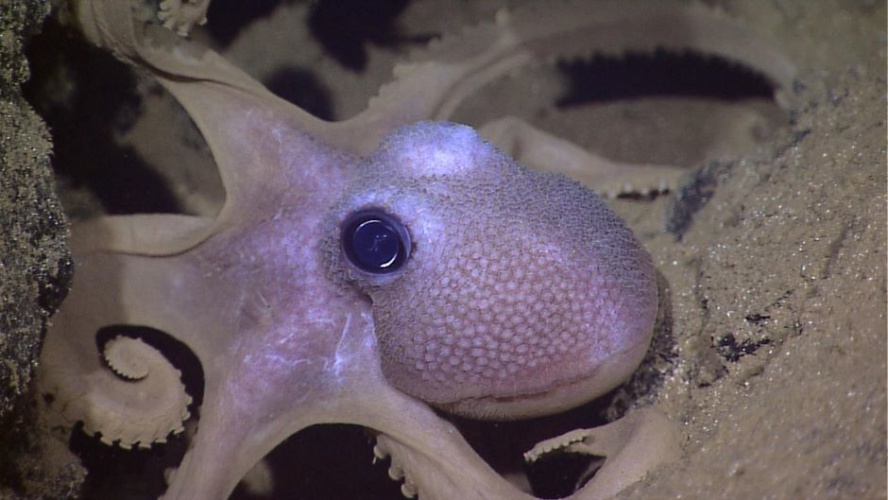
This is the claim of engineers at Rutgers, the state university of New Jersey, whose 3D-printed material may one day lead also to new military camouflage, soft robotics and flexible displays.
Octopus skin inspires 3D camouflage material
Furthermore, the engineers also developed a 3D-printed stretch material that can reveal colours when light changes, according to their study in the journal ACS Applied Materials & Interfaces.
Their invention is modelled after the ability of cephalopods such as cuttlefish, octopuses and squids to change the colour and texture of their soft skin for camouflage and communication. This is achieved by chromatophores, which are thousands of colour-changing cells in their skin.
"Electronic displays are everywhere and despite remarkable advances, such as becoming thinner, larger and brighter, they're based on rigid materials, limiting the shapes they can take and how they interface with 3D surfaces," said senior author Howon Lee, an assistant professor in the Department of Mechanical and Aerospace Engineering in the School of Engineering at Rutgers University-New Brunswick. "Our research supports a new engineering approach featuring camouflage that can be added to soft materials and create flexible, colourful displays."
Rutgers engineers developed a 3D printable hydrogel, or smart gel, that senses light and changes shape as a result. Hydrogels, which keep their shape and stay solid despite containing water, are found in the human body, nappies, and contact lenses.
The engineers are said to have incorporated a light-sensing nanomaterial in the hydrogel, turning it into an "artificial muscle" that contracts in response to changes in light. The light-sensing smart gel, combined with the 3D-printed stretchy material, changes colour, resulting in a camouflage effect.
Next steps include improving the technology's sensitivity, response time, scalability, packaging and durability.




Glasgow trial explores AR cues for autonomous road safety
They've ploughed into a few vulnerable road users in the past. Making that less likely will make it spectacularly easy to stop the traffic for...